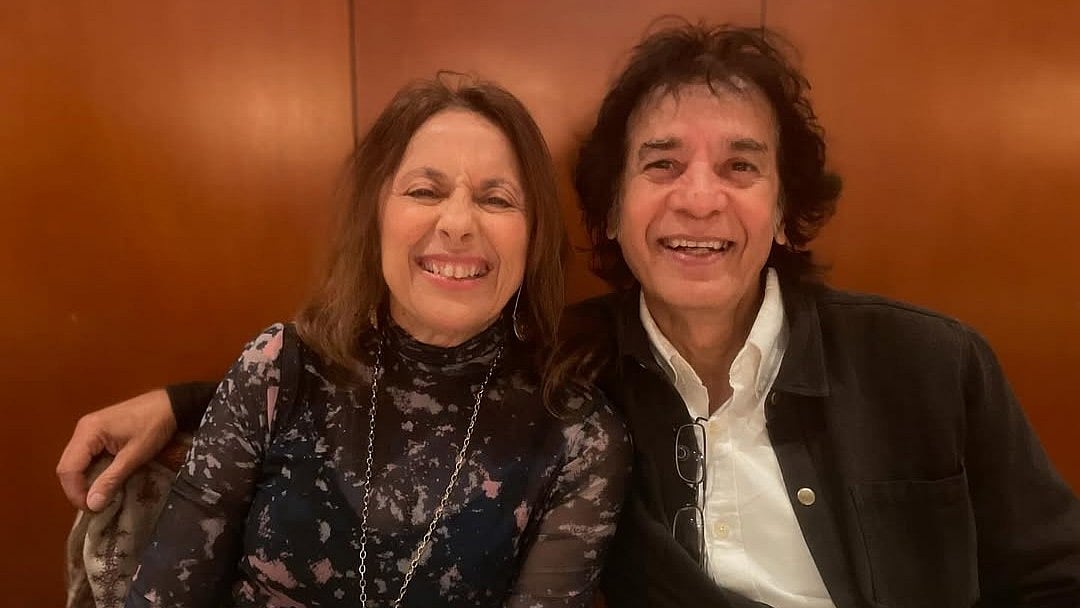My lovely impish angel, my friend, my closest buddy, Neer, is all of five. On weekends she is out planting and pruning, swimming and running at our home in the hills. But my challenge lies in doing meaningful, yet easy, entertaining, children activities in the city of Mumbai.
Sunday outings for the urban privileged children are typically the malls, that are expensive with an overload of synthetic and unoriginal play areas and eating out. Private clubs with sports activities and paid classes for theatre, music and other activities exist, but it is far from being enough.
School field trips to the outdoors have long been an important teaching tool but unfortunately even in the most expensive schools, the field trips under the mandatory community service activities are lack depth in designing of the programme. Children that spend time in nature develop wonder and reflection that help in developing their minds and inculcate wonder.
For example, Mumbai hosts about two dozen parks and innumerable gardens but at best they remain lawned spaces, bereft of educational entertainment for children. With so many educational institutions, it is surprising that no thought seems to be given in this crucial and nation building aspect.

The city has had some exceptional spaces for children but they need to be reassessed, evaluated, and upgraded. The Nehru Science Centre, the Taraporewala Aquarium, the Veermata Jijabai Bhosale Udyan and Zoo in Byculla, though the entire concept of caging animals in a zoo is cruel and outdated. It would make more sense to transfer the animals to the lovely Aarey urban forest and turn the existing Byculla Zoo, which is rich in the species of fabulous trees, into a museum of trees. Conducting guided tours for the awareness of the botanical aspects would be enriching for young and adults alike. In one of my PILs I had mentioned to consider this.
In a scenario where resources are limited, and impact and reach needs to be multifold, gardens and parks can be a haven if we looked into it for strengthening and nurturing our young population. Policy decisions that help create well thought out programmes is crucial and the need for immediate attention cannot be emphasised enough.
Markets are full of merchandise of dolls that have past puberty, branded toy cars or toy guns. Perhaps these are not the ideal aspirations for little children. We need to be mindful of what we put into these young impressionable minds, what seeds are we sowing.
As a civic amenity the parks and gardens exists, but there isn’t much thought given to design them for our young population, which at 400 million is the world’s largest child population, 40% of India’s population is below the age of 18 years.
Needless to say that our unprivileged children suffer the most. The most inspiring case study is that of Columbia’s Medellin, it’s transformation into a ‘City for Life’, must rank as the most remarkable urban redemption project in modern history.
Once the most violent city in the world, Medellín was recognised in 2013 as the most innovative city in the world by the Wall Street Journal and the Urban Land Institute.
Sergio Fajardo, a journalist-turned-mathematician-turned-politician, the mayor initiated the change that has followed since. A third of the city’s budget goes to education, over the past 10 years, Medellín built 120 schools and nine of the signature library parks. The social urbanism experiment in Medellín, has inspired the province of Antioquia to set up a network of 80 educational parks.
Let us take cue and imagine parks with toddlers playing clapping games in the free early-childhood program, grannies learning internet skills in the computer lab, children playing with interactive educational blocks and science experiments. Programmes developed and designed to promote science, technology, research, innovation, connectivity and entrepreneurship, as well as arts and culture.
Parks created through design competitions by art, design, technology, and architecture institutes. Thematic parks, each inspired by the crafts and traditional educational tools, toys and games to create a unique and local identity.
If design, craft and engineering institutes are encouraged to tackle the paucity that exists for children’s educational play area, we would have looked into the needs of a young population that is ignored so shamelessly.
With changing times it’s important to change the pedagogy and methodology for education. Experiential learning is the road ahead. We need to look at our education systems and tools, which need innovation, design but most importantly attention and care.
(Sonal Motla has curated Kala Ghoda 2020 with development and art as a theme and is currently working towards the issues on education on art, craft and design with a few educational institutions. Send your feedback to: sonal25fpj@gmail.com)











